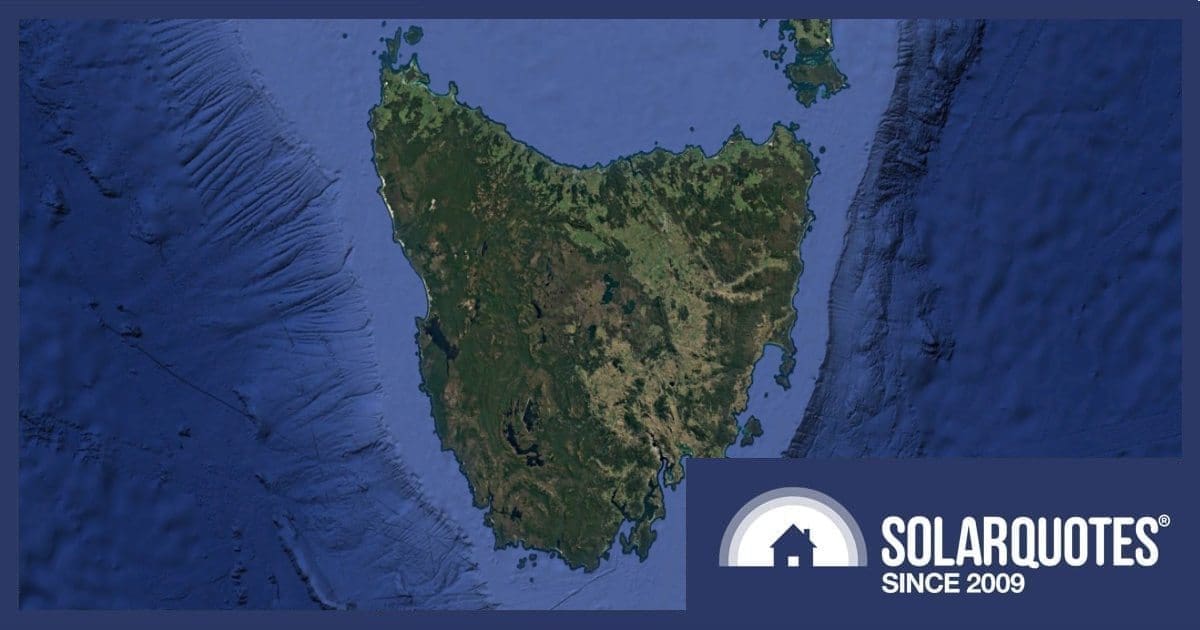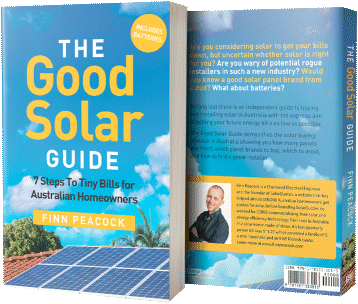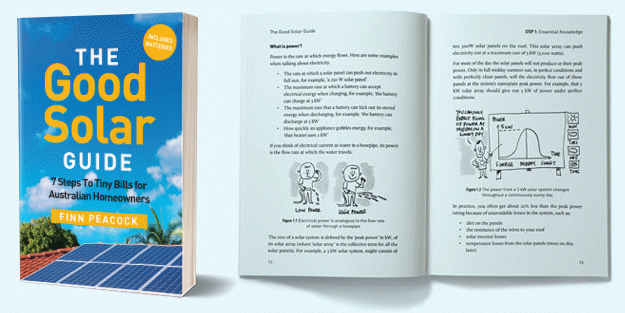
An initiative offering Tasmanians interest-free loans to invest in energy efficiency measures such as solar panels and batteries has finished up a little ahead of schedule. So, what’s left in the state’s home electrification incentive cupboard?
Why Did The Tasmania Energy Saver Loan Scheme End?
The Scheme, launched in October 2022, was expected to operate for three years. It was originally to support up to $50 million in loan value, but received another $12 million in funding due to its popularity. With that exhausted, the scheme closed last Monday (Sept 1, 2025) at midnight.
Applications received after midday 28 August are subject to funding availability and will be assessed in date stamp order.
“Due to high volumes of applications received in the final days of the scheme, customers and vendors are advised that there may be some delays in processing and assessing applications,” says Renewables, Climate and Future Industries Tasmania (ReCFIT).
Approved loan applications will need to be settled and installations completed by 30 November 2025.
7,500 upgrades were supported through the scheme, but at this point a breakdown of what items loans went towards isn’t yet available.
How Did The Scheme Work?
The Scheme offered interest-free loans via a third-party financier of between $500 and $10,000 to eligible households, landlords, small businesses and not-for-profit groups to purchase a wide range of energy efficient products and upgrades. Eligible items included solar power systems, home batteries, EV chargers, heat pump hot water systems, energy-efficient whitegoods and more.
The repayment terms are 1 – 3 years and there are no other fees except for a $4.99 charge that can be applied to late monthly repayments, and that is capped at $49.90/year.
What Solar Incentives Are Left In Tasmania?
- The national solar rebate that can knock thousands off the up-front cost of a solar power system.
- The Cheaper Home Batteries program — another national scheme currently slashing the cost of installing a battery with a new or existing solar system by around 30%.
For example, the national solar rebate for a 10 kW solar system installed in Tasmania in 2025 is worth around $2,500 after admin fees and charges, and for a 10 kWh home battery, approximately $3,500 — so around $6,000 all up. But note that prices you see advertised for solar and/or battery systems in Tasmania will have these incentives already factored in. In both cases, the level of support will decrease over time.
There’s also a feed-in tariff in Tasmania that provides an electricity bill credit for surplus solar energy exported to the mains grid. For the 2025-26 financial year, the minimum feed-in tariff electricity retailers can offer is 8.782c per kilowatt-hour.
To stay up to date with solar and home electrification support in Tasmania (and other Australian states and territories), see our regularly updated solar rebates and subsidies page.
Are Solar Panels Worth It In Tasmania?
If you have an unshaded roof, then often the answer will be yes.
Tasmania generally experiences fewer average daily sun-hours than mainland states and territories, and systems tend to be more expensive due in part to the higher costs of freight and logistics, and a smaller market with fewer suppliers.
A stricter, compulsory independent inspection regime of all systems also adds to the price, but also means a high level of system quality generally speaking. Cowboy installers don’t tend to last long in Tasmania.
While systems may be more costly, simple payback time is respectable. The following are approximations for systems installed in Hobart:
- 6.6kW solar system: 6 years, 12 months.
- 10 kW solar system: 7 years, 3 months.
- 6.6kW solar + 10 kWh battery: 9 years.
You can learn more about going solar in Tasmania here; but note that page is a little out of date in terms of battery information as it doesn’t take into account the substantial benefit of the Cheaper Home Batteries program.
To get a rough idea if installing solar panels with or without a battery might be right for you; try the SolarQuotes solar and battery calculator. But remember to take the rebate value ($350 per kilowatt hour usable capacity) off the battery pricing noted on the calculator before hitting “calculate savings”.
Trivia: As at the end of July 2025, more than 61,800 small-scale solar power systems had been installed in Tasmania.

 RSS - Posts
RSS - Posts



A good summary, nice to know Tasmania is not forgotten.
Sounds like the scheme was a success!
Perhaps now they might have a go at something like the Qld scheme to encourage landlords to put solar on their rental rooves.
Witnessing the palaver around WA and NSW add-on battery rebate schemes on top of the wonderful Fed scheme has made me think that they (or at least any other state considering it) should put their effort into interest free financing instead. Especially for batteries and solar.
Here in NSW I eschewed the state offer on my recent battery purchase because I wanted more than 25kWh and didn’t want to be in a VPP. I paid up front myself because I had been setting the money aside for years, waiting on a $500/kWh installed price threshold that the Fed scheme delivered. Lucky, older me, the mortgage is paid off. But I can totally understand financing being the major obstacle for very many others (or a younger me). Saul Griffiths does a lot of pointing this out, with real numbers.